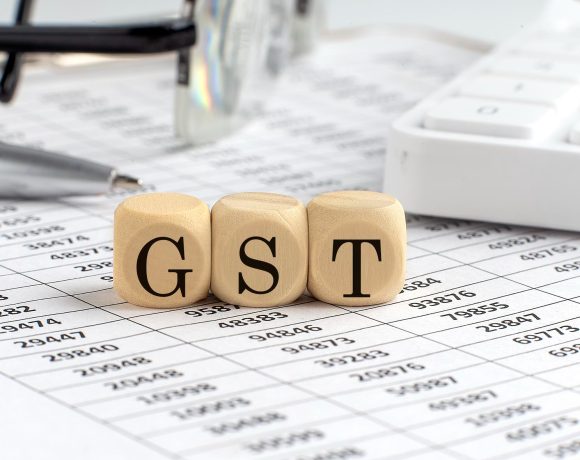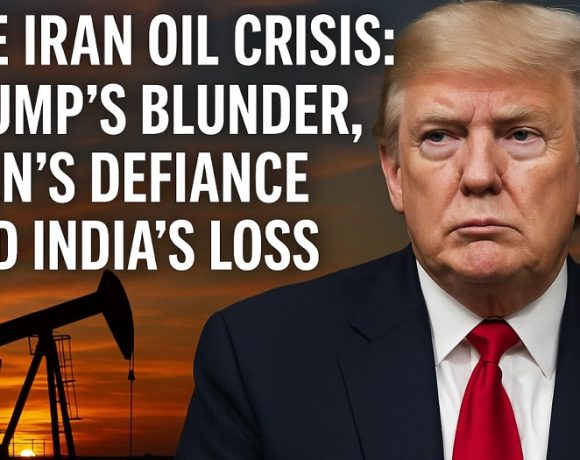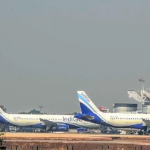
The West’s Real Endgame in the Russia-Ukraine Conflict: A Cold Peace, Not a Just One
This content is exclusive to BPN EduPulse Members You’ve reached a story that’s part of our premium journalism—sharp, bold, and deeply reported. Login or Join BPN EduPulse to continue reading.


















